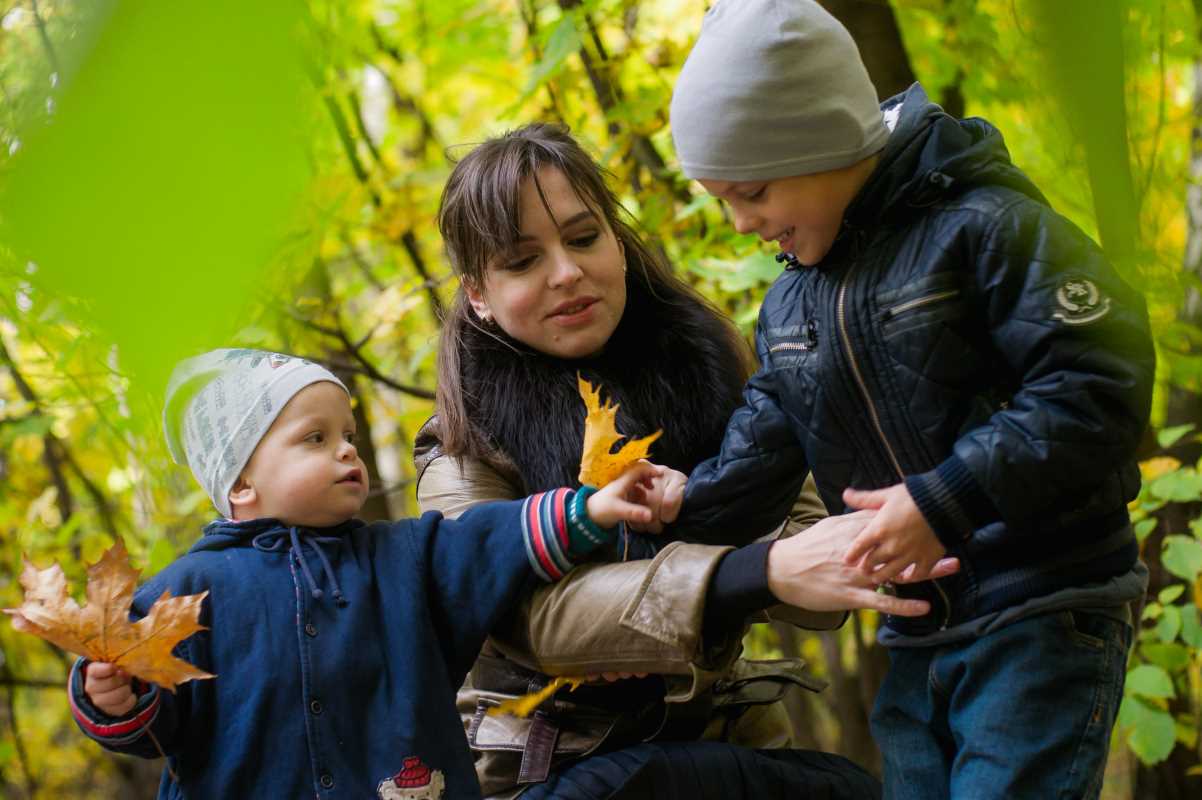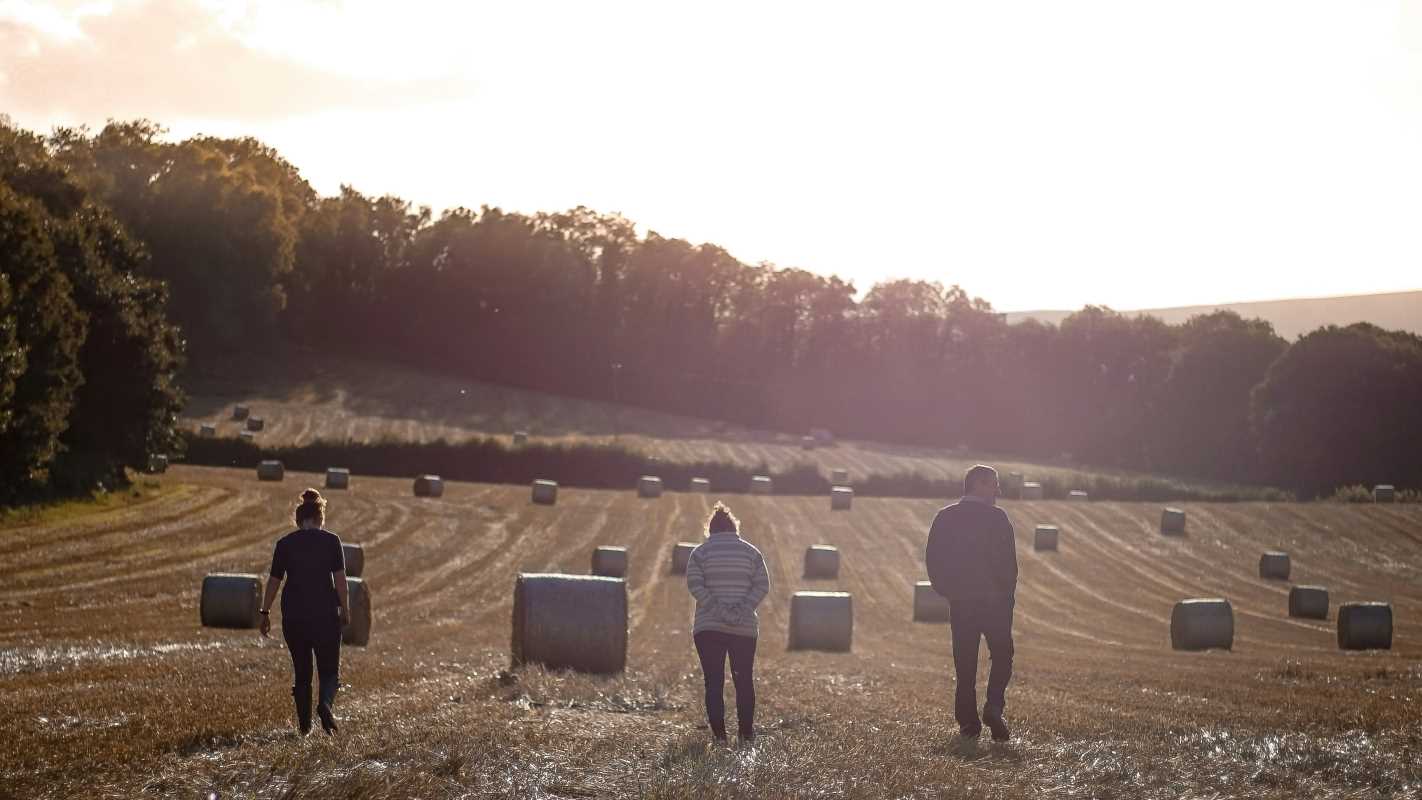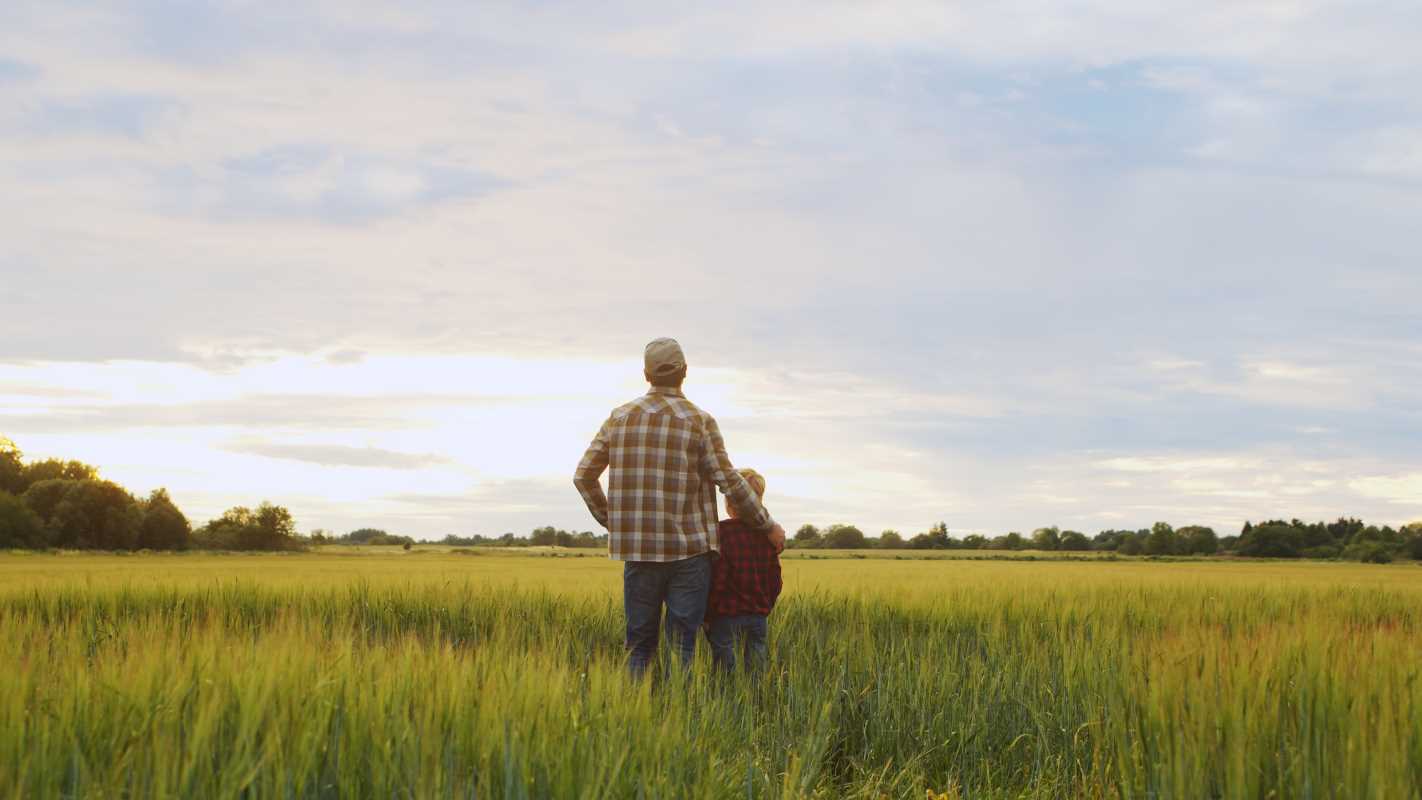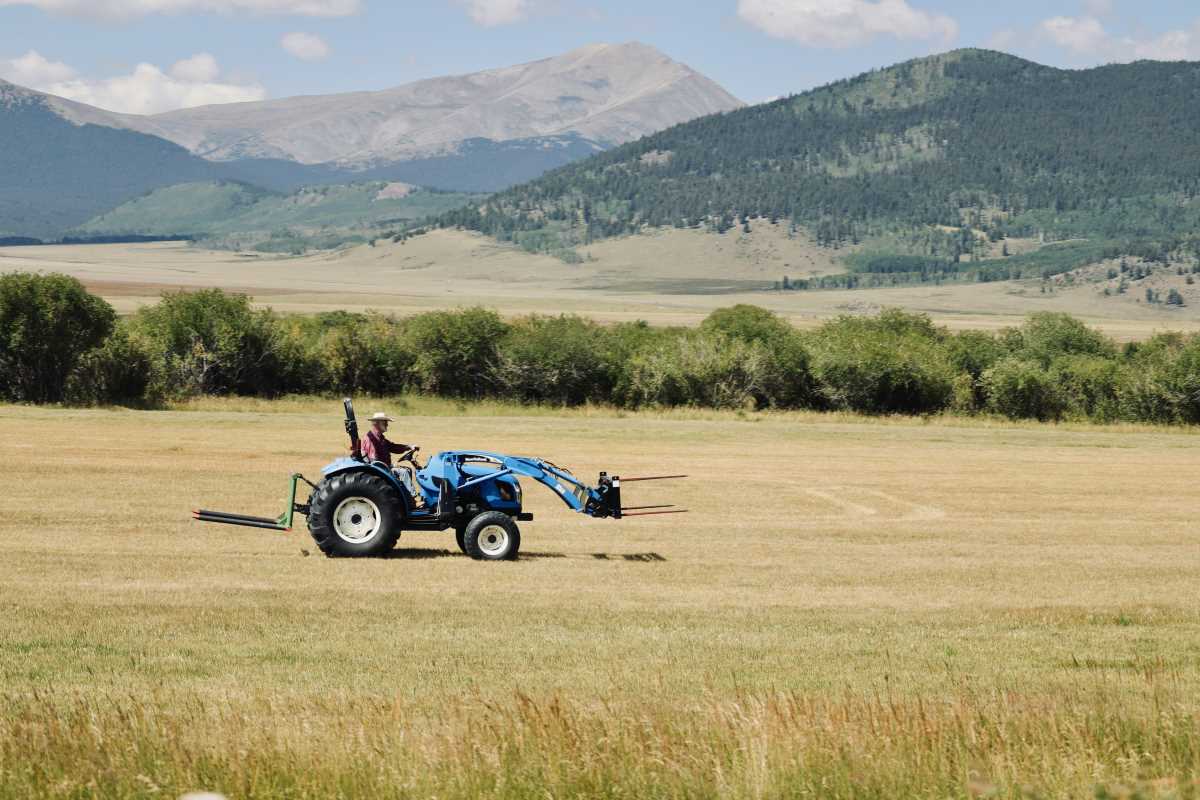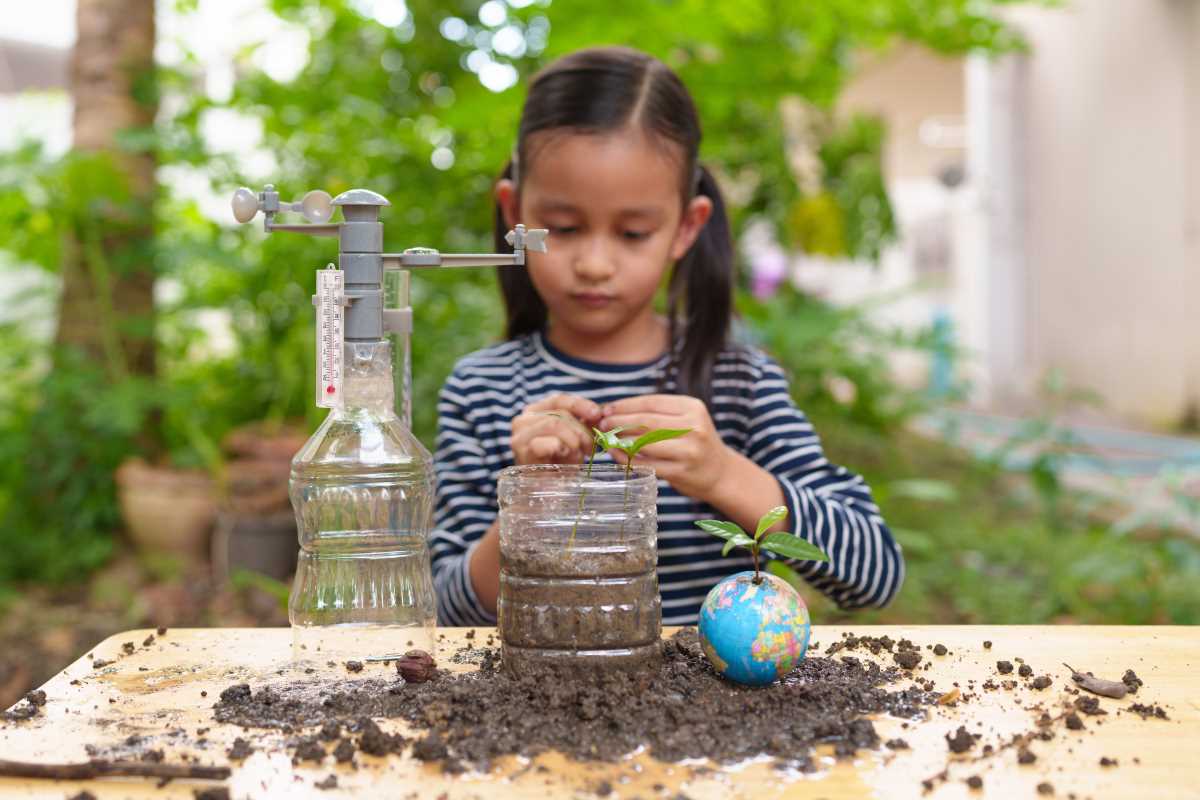Exploring local trails through guided nature walks introduces a lively approach to learning about the plants that grow nearby. These walks reveal the unique features of various species, helping you recognize and appreciate the diversity of your surroundings. As you stroll through different habitats, you discover new plants and deepen your connection with the natural world around you. By trying out various ways to observe leaves, flowers, and stems, you start to notice small details that often go unnoticed. Every outing becomes a chance to expand your knowledge and enjoy the beauty that nature has to offer.
Getting to know local plants enriches your outdoor experiences and helps you take better care of your surroundings. With every step, you collect knowledge that you can apply to your own land. Whether you take pictures, make sketches, or jot down notes about new discoveries, each method of recording what you see nurtures a deeper connection with nature.
How to Prepare for a Guided Nature Walk
Preparation sets the stage for a rewarding walk. Start by planning your route and reviewing the expected conditions. Decide on your personal goals, such as learning about native species or understanding the ecosystem’s balance. Consider your pace and interests so you get the most out of the experience.
Follow this checklist to prepare properly:
- Wear comfortable clothing and sturdy shoes suitable for rough terrain.
- Bring weather-appropriate attire to stay warm, cool, or dry.
- Pack a small backpack containing water, snacks, and a first aid kit.
- Gather essential supplies like a notebook, pen, and a camera.
- Set a clear goal for what you wish to observe and learn about local flora.
Each step helps ensure that you stay alert, comfortable, and ready to absorb new information throughout your walk.
Tools You Need for plant identification
A variety of tools can boost your confidence in identifying local flora. Field guides offer detailed descriptions and illustrations that make recognizing species easier. Mobile apps provide instant access to large databases, assisting you with quick verification of plant names and characteristics.
The following items prove invaluable on your journey:
- Field guides that cover local species and their seasonal changes.
- Mobile apps designed for plant troubleshooting and quick checks.
- A notebook for jotting down observations and key identifiers.
- A magnifying glass to inspect small details such as leaf patterns and textures.
- A digital camera or smartphone to capture images for later review.
These tools enhance your ability to learn on the spot, paving the way for a richer and more informed outdoor adventure.
Learn from Your Guide and Group
The expertise of your guide and the shared knowledge of fellow participants enrich your learning experience. Engage actively by asking questions about unique plant traits or their roles within the ecosystem. This back-and-forth discussion deepens your understanding of the natural environment and sharpens your observation skills.
Take advantage of group interactions by sharing personal notes or discoveries. Group members might bring unique perspectives and fun anecdotes that add layer to the lessons learned. Collaboration during these walks transforms the experience into a dynamic and memorable education session.
Spot and Record Local Plants
Focus on methodically observing and recording details during your guided walk. With intentional steps, you can capture the essence of the botanical wonders you encounter. Documenting what you see supports later study and helps you compare different specimens more accurately.
Follow these steps to ensure effective recording:
- Photograph the plant from various angles to capture its overall structure and unique details.
- Sketch the leaf shapes, flower patterns, and stem features to reinforce your memory.
- Write down details such as habitat, growth patterns, and noticeable scents if any.
- Note the time of the year and environmental conditions as these elements might influence the plant’s appearance.
- Compare your notes with established references to confirm the plant’s identity.
This organized approach helps turn casual observation into a structured learning process that enhances long-term retention.
Connect Your Plant Knowledge to Your Land
Applying the knowledge you gain from the walk to your property can be extremely rewarding. Understanding the native plants can guide you in landscaping choices and create a more harmonious home environment. It may even motivate you to cultivate a little garden that mimics the natural diversity observed during your excursions.
Use your experiences from guided nature walks to build your own outdoor learning space. By aligning your observations with the natural cycles on your property, you can improve soil health, attract beneficial insects, and create a peaceful space for relaxation and study.
Common Mistakes and How to Steer Clear of Them
Avoiding common errors can sharpen your plant identification skills. Misidentifying features or relying solely on one resource can lead to confusion. Instead, build your confidence by cross-referencing multiple tools and engaging with knowledgeable guides.
Keep these points in mind:
- Don't rush through observations; take your time to notice each detail.
- Avoid overloading your notebook with information; keep notes clear and organized.
- Use cameras or sketches to help you remember details rather than relying only on memory.
- Resist the urge to compare every plant to a single reference; consulting diverse sources improves accuracy.
Stay attentive during your walk to deepen your botanical knowledge. Enjoy the outdoors, and let the plants around you spark new adventures.
